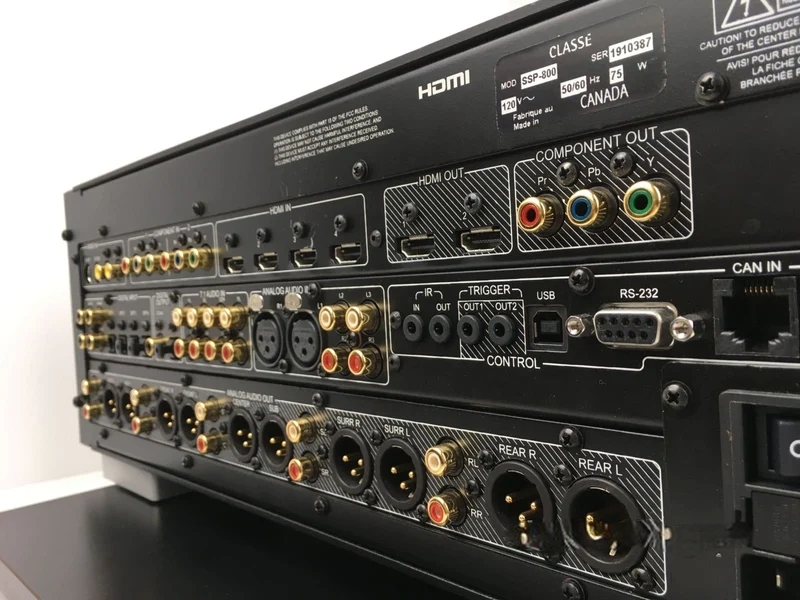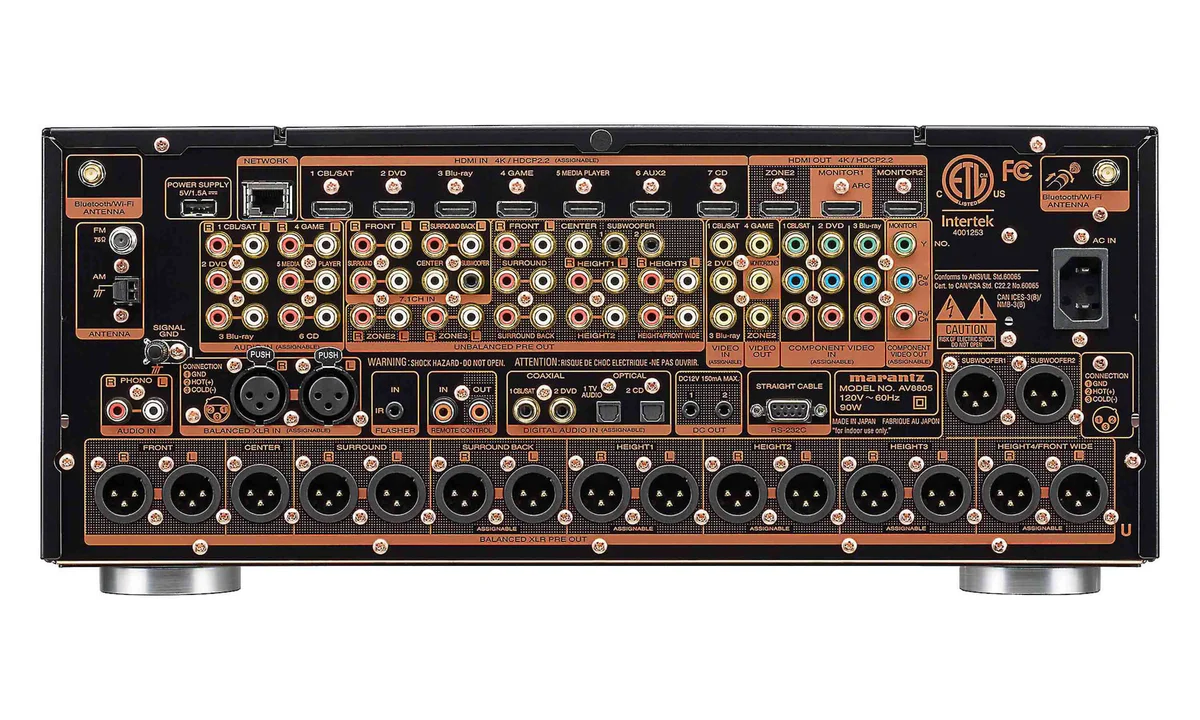We’ve all been moved by music at some point. The rhythm that makes our hearts beat faster is connected to the sound processor. I see it as an audio colourist, adding shades to every melody with its power, making the music more vivid and alive. Take the bass, for example – it’s balanced with the treble, thanks to the processor.
What is an audio processor?
We often need an audio processor when using many large electronic devices, and by this article, we refer to it as an audio processor. It allows control over sound to produce various effects in different Audio Processors In different Scenarios. Digital processors, also called audio processors, are the Processing of Digital Signals, and their Internal Structure is usually composed of an Input Section and an Output Section.

Audio Processor Features
Equalization (EQ)
Equalisation is the process of balancing an audio signal to enhance sound quality. We must know that the frequency band is divided primarily into three bands— low, mid, and high. Among the three, the low-frequency band is responsible for the shock and heaviness feeling of any sound, while the mid-frequency conveys clarity and detail in any sound; lastly, high-frequency gives any sound brightness plus sharpness. This feature in equalisation can be used to bring the frequency bands into balance so that some are eliminated to prevent noise or distortion.
Reverb and Delay
Reverb, and delay are some of the most well known effects used when it comes to audio processing Reverb is a simulation of sound bouncing in space, it adds halls of reflections in your sound and makes anything audio sound 3D and the sound layers are brought to life. Delay, unlike that is a delay effect that you can get this sound effect beautiful echo.
Noise Suppression and Cancellation
Audio processors Timelines can reduce the noise also they can also help. Noise reduction technology uses smart analysis to detect and filter out background noise, such as wind, white noise or other environmental guff, to ensure that the main audio is more pronounced and vivid. In video conferencing, this is quite useful so that users can articulate.

How to choose the right audio processor
Targeted Needs
You can select specific functions or styles to get the results you’re looking for, depending on what you need it to help you with. Audio processors in music production would require the ability to process signals highly effectively to deliver the most accurate reverb, equalization and other effects possible. For instance, if your work involves being a DJ you might have closely inspect the audio before doing compositions and changes. Another example: If you are a conference recorder, after the conference is over you might need to process the audio to deliver a clear voice message.
Budget Considerations
Compared to this, top-of-the-line DSP processors employ state-of-the-art digital processing techniques to deliver more precision, more sophisticated effects, and also multi-channel audio processing. This drives up the cost of high-end DSP processors. The analog processors utilize standard analog circuitry for signal processing, and while their sound may not be as refined as the more expensive DSP, so they are significantly cheaper.
Comatibility and Connectivity
We also have to consider the interface type and compatibility with the existing equipment. The most common types of interface used are USB, XLR, and 3.5mm. For instance, the USB interface usually is used in connection to computers or digital devices. Good for recording, music production, and home entertainment systems. High-quality digital audio transmission; plug and play-very convenient. Personally, I would go for the USB interface. It allows me to transmit digital audio of very high quality, making my creations clear and high-fidelity. On top of that, it’s plug-and-play, which is really convenient, and saves me from a lot of tiresome setting up and configuration. Another very common connector used with professional audio equipment is XLR, including its huge use in live performances, broadcasting, and high-end sound systems, among others.
Audio processors take a major role in ensuring the quality, precision, and richness of sound required for the different needs of audio applications—ranging from home theatre to professional music production to real-time voice processing. I believe that digital signal processing technology is going to improve by using artificial intelligence for automatic audio optimization, making it environment-aware in real time, and adding more sophisticated noise suppression and spatial audio features down the line.
